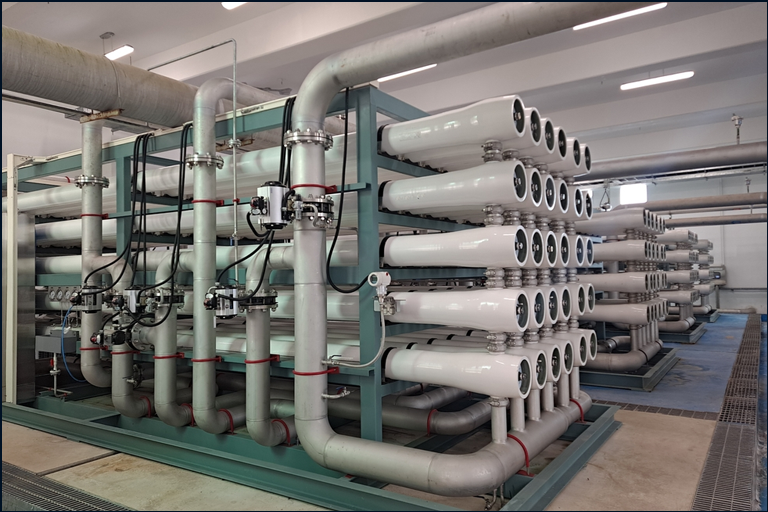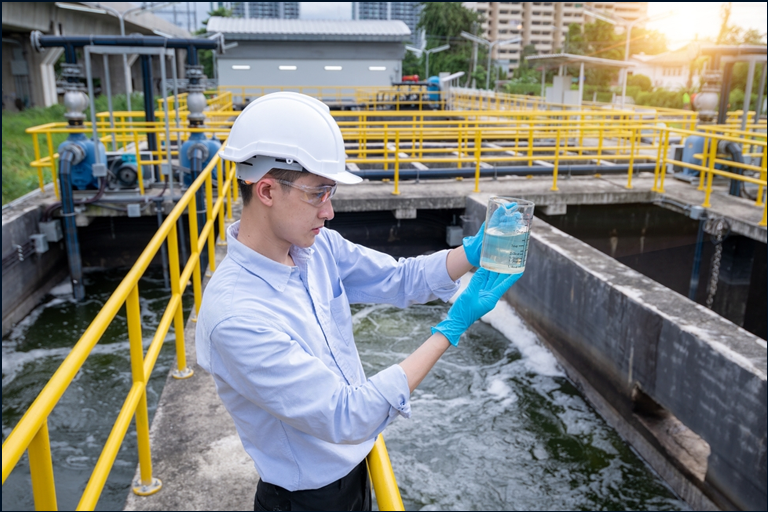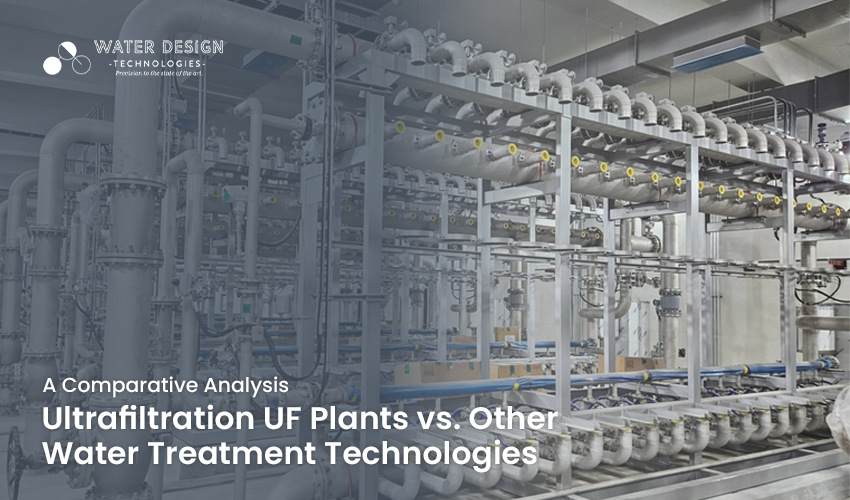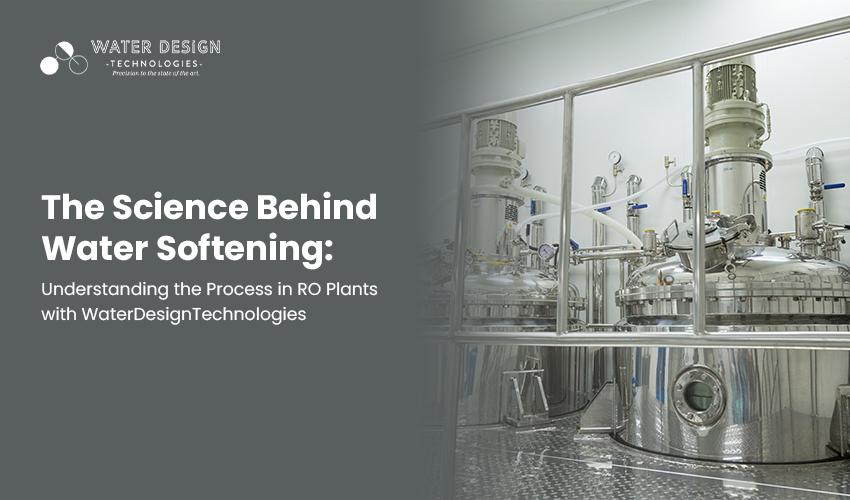In the vibrant industrial landscape of Gujarat, a notable paradigm shift towards sustainability and environmental consciousness is unfolding, particularly in the realm of Effluent Treatment Plants (ETPs). This article explores the noteworthy progress spearheaded by leading manufacturers, with a particular focus on the pioneering efforts of Water Design Technologies, shaping the state’s approach to industrial wastewater treatment.
Effluent Treatment Plants in Gujarat: A Hub of Innovation

Gujarat, renowned for its industrial prowess, acknowledges the paramount importance of responsible wastewater management. At the core of this endeavor are Effluent Treatment Plants, meticulously crafted and implemented by esteemed ETP manufacturers in Gujarat. These plants serve as hubs of innovation, addressing the treatment of industrial wastewater before it is discharged.
Leading as the Premier ETP Manufacturer in Gujarat
Attaining recognition as the Best ETP Manufacturer in Gujarat requires an unwavering commitment to cutting-edge technology and sustainable solutions. The manufacturers in this category employ state-of-the-art Effluent Treatment Systems to ensure that industrial effluents undergo effective treatment, aligning with stringent environmental standards.
- Cutting-edge Technology: Implementing the latest advancements in Effluent Treatment Systems.
- Sustainable Solutions: A commitment to eco-friendly and sustainable wastewater treatment.
Suppliers of Effluent Treatment Systems in Gujarat: Upholding Excellence
Effluent Treatment System suppliers play a pivotal role in Gujarat’s dedication to industrial wastewater treatment. These suppliers contribute significantly by sourcing the most advanced systems, fostering the development of efficient and eco-friendly solutions across diverse industrial sectors.
- Sourcing Innovation: Procuring advanced Effluent Treatment Systems.
- Diverse Industrial Sectors: Addressing the unique needs of various industries.
Strategic Industrial Wastewater Treatment in Gujarat
The increasing demand for Industrial Wastewater Treatment in Gujarat has led to the development of comprehensive solutions. Spearheaded by Water Design Technologies, the state is adopting strategic practices to purify industrial wastewater, mitigating its impact on the environment responsibly.
- Comprehensive Solutions: Addressing the diverse challenges of industrial wastewater treatment.
- Environmental Responsibility: Mitigating the environmental impact of industrial activities.
Paving the Way for Sustainable Wastewater Management
Sustainable Wastewater Management is not merely a requisite but a visionary approach in Gujarat. Effluent Treatment Plants, supported by cutting-edge technologies from Water Design Technologies, epitomize this vision by ensuring the responsible and sustainable treatment of industrial effluents.
- Visionary Approach: Going beyond necessities for a sustainable future.
- Cutting-edge Technologies: Incorporating innovations for efficient wastewater management.
Gujarat’s Pursuit of Industrial Water Purity
Effluent Treatment Plants emerge as integral components of Gujarat’s strategies for Industrial Water Purification. Collaborating with the Best ETP manufacturers and deploying innovative Water Treatment Technologies, industries in Gujarat contribute significantly to preserving water quality and ecosystem health.
- Preserving Water Quality: Ensuring the purity of industrial water.
- Ecosystem Health: Contributing to the well-being of the surrounding environment.
Necessity of ETP Pollution Control in Gujarat
Effluent Treatment Plants play a pivotal role in Gujarat’s ETP Pollution Control strategies. Serving as robust defenses against pollutants, these plants ensure that industrial discharges adhere to regulatory standards, safeguarding the environmental integrity of water bodies.
- Robust Pollution Control: Ensuring compliance with environmental regulations.
- Safeguarding Water Bodies: Protecting the natural integrity of water ecosystems.
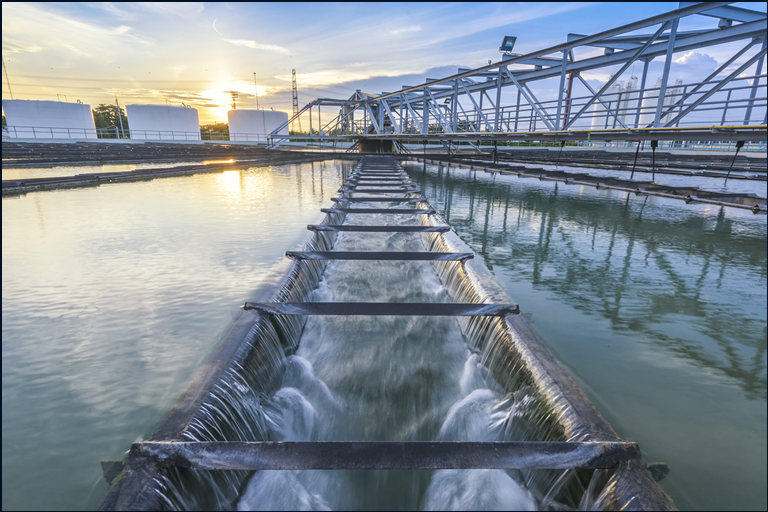
Water Treatment Plants in Gujarat: Beyond Compliance
Effluent Treatment Plants and Water Treatment Plants in Gujarat transcend mere compliance, embodying a commitment to excellence in water management. With the incorporation of technologies such as water softener plants, Gujarat ensures that treated water meets the highest standards, promoting environmental and industrial sustainability.
- Exceeding Standards: Going beyond regulatory requirements for water treatment.
- Industrial Sustainability: Promoting responsible industrial practices for a sustainable future.
Conclusion
In conclusion, the Green Frontier of Advancements in Effluent Treatment Plants in Gujarat is led by pioneers like Water Design Technologies. As the Best ETP Manufacturer and a champion of sustainable water solutions, Water Design Technologies plays a pivotal role in reshaping Gujarat’s industrial landscape towards a more environmentally conscious and sustainable future. The state’s dedication to responsible wastewater management, pollution control, and water purification positions Gujarat as a trailblazer in environmental leadership.




